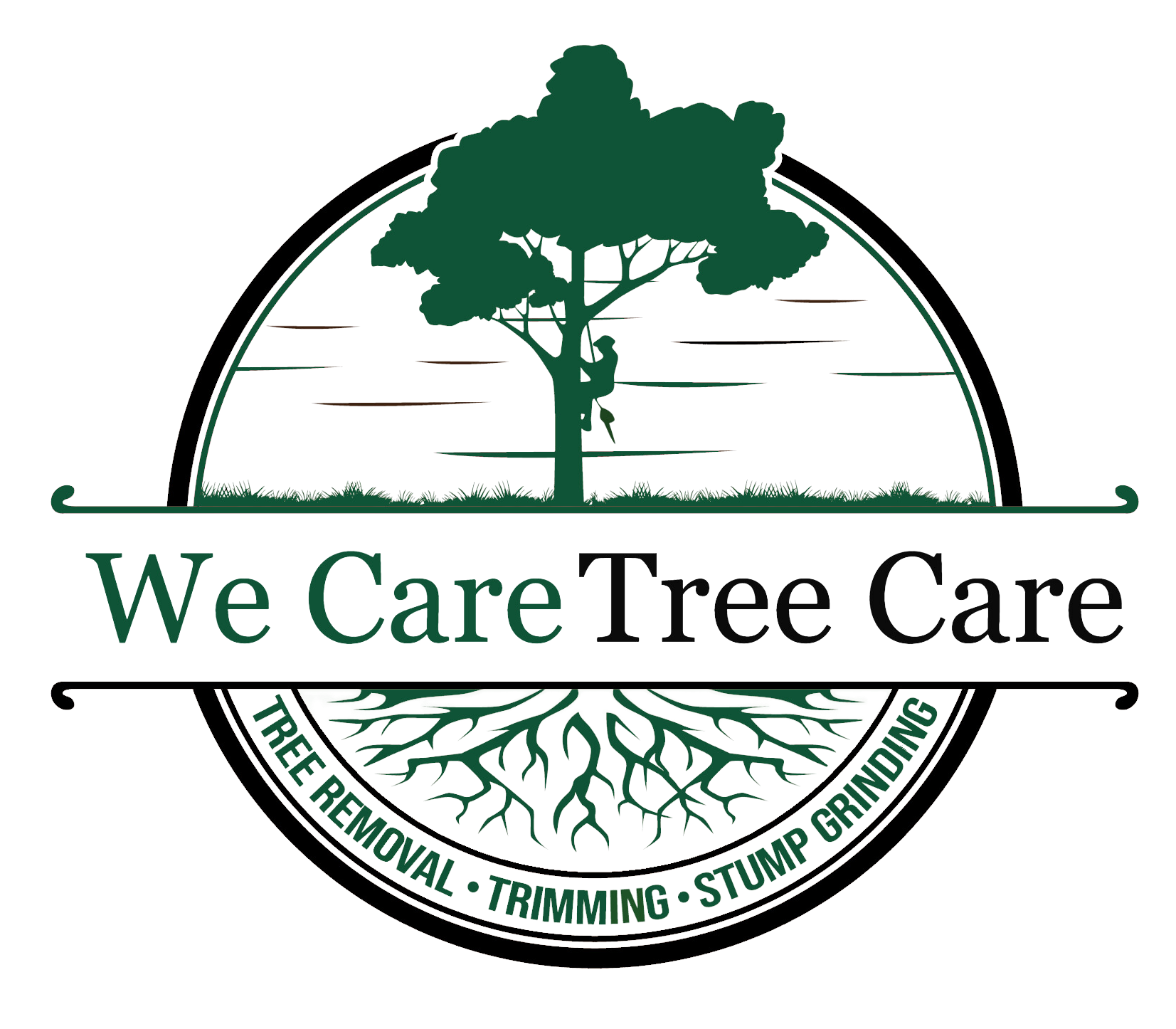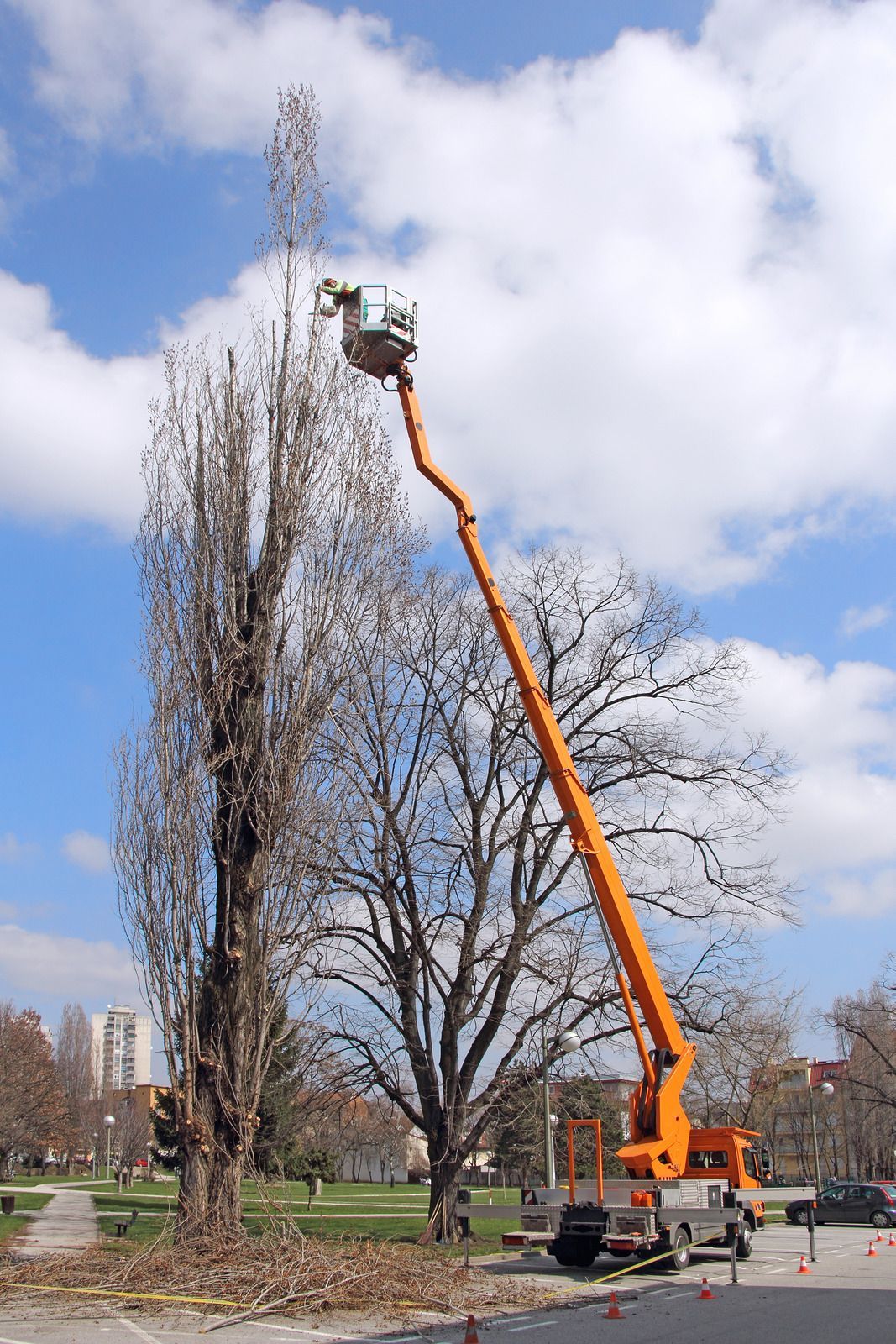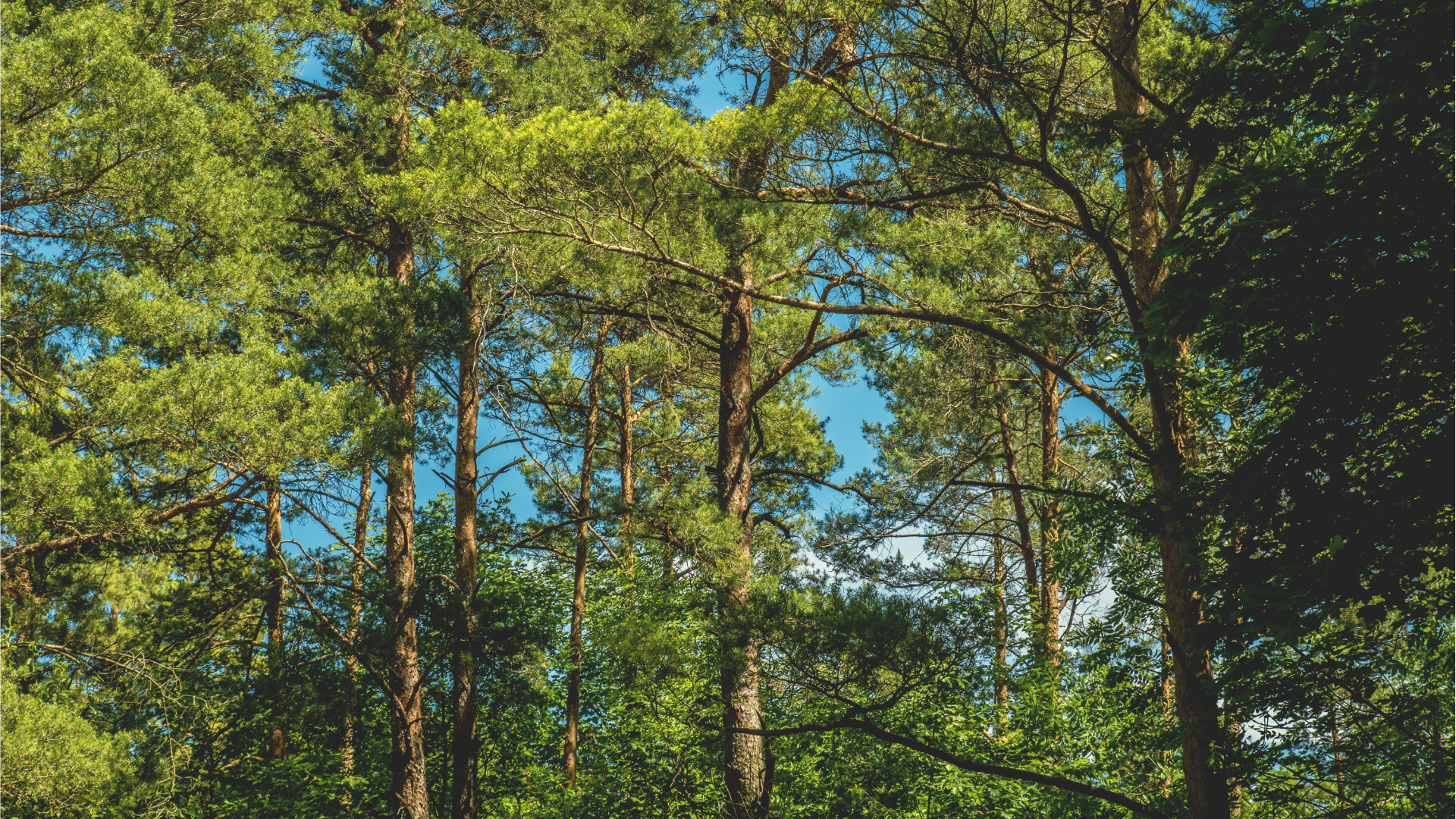How to Identify Common Tree Diseases
Trees are a vital part of our landscapes, providing shade, beauty, and even improving air quality. However, like all living organisms, trees can be affected by diseases that can weaken them or even cause them to die. As a homeowner in Richmond and Independence, MO, it’s important to be aware of the common tree diseases in the area so you can take action before they spread. In this blog, we’ll walk you through how to identify some of the most common tree diseases and what you can do about them.
1. Oak Wilt Disease
What it is:
Oak Wilt is one of the most common and destructive tree diseases affecting oak trees in Missouri. The disease is caused by a fungal pathogen, Bretziella fagacearum, which clogs the tree’s vascular system, preventing water and nutrients from reaching the rest of the tree.
Signs of Oak Wilt:
- Wilting and browning leaves: Oak trees affected by Oak Wilt often have leaves that wilt and turn brown starting from the edges and progressing inward.
- Fungal mats: In some cases, the fungus produces fungal mats under the bark that can be seen in the spring or summer.
- Rapid leaf drop: Infected trees may quickly lose their leaves, which can appear to be the result of a drought or an early frost.
What to do:
If you suspect your oak trees have Oak Wilt, contact a
professional tree service immediately. The disease is highly contagious and can spread through root systems or via beetles that carry the spores. Early intervention can help prevent further damage.
2. Dutch Elm Disease
What it is:
Dutch Elm Disease (DED) is a deadly disease caused by a fungus called Ophiostoma ulmi or Ophiostoma novo-ulmi. It affects elm trees by blocking the water-conducting vessels, leading to wilting, leaf yellowing, and eventual tree death.
Signs of Dutch Elm Disease:
- Yellowing and wilting leaves: The first sign of DED is often wilting and yellowing of leaves, particularly in the upper branches.
- Branch dieback: Branches die back progressively, starting from the top of the tree.
- Dark streaks in the wood: If you cut into the bark of an infected elm tree, you may see dark streaks in the wood beneath.
What to do:
Dutch Elm Disease can spread quickly, so it’s important to remove infected trees as soon as possible to prevent it from spreading to healthy ones. If you suspect your tree is infected, contact a tree care professional to diagnose and treat it.
3. Powdery Mildew
What it is:
Powdery mildew is a fungal disease that affects a variety of trees, including those in Richmond and Independence. It thrives in warm, dry environments and produces a white, powdery coating on the leaves.
Signs of Powdery Mildew:
- White, powdery substance: A white, powdery coating appears on the upper surfaces of the leaves.
- Distorted leaves: Affected leaves may become curled or deformed, and their growth may be stunted.
- Premature leaf drop: In severe cases, powdery mildew can cause trees to drop their leaves prematurely.
What to do:
Powdery mildew is typically more of a cosmetic issue than a fatal one. However, if it becomes severe, it can weaken the tree. Prune affected leaves and consider applying a fungicide to manage the spread of the disease. Ensuring proper air circulation around the tree can also help reduce the likelihood of infection.
4. Anthracnose
What it is:
Anthracnose is a fungal disease that affects a wide range of trees, including ash, maple, and oak. The disease is most commonly seen in the spring and can cause defoliation and branch dieback.
Signs of Anthracnose:
- Irregular leaf spots: Small, dark brown to purple spots with tan or gray centers appear on leaves, particularly near the edges.
- Dead patches on leaves: Large, irregular dead patches may form as the disease progresses.
- Premature leaf drop: Infected trees may drop their leaves early, which can lead to a sparse canopy.
What to do:
Most trees will recover from a mild case of anthracnose without treatment. However, if you notice significant defoliation, prune infected branches to reduce the spread of the disease. Fungicides can also be applied to prevent further outbreaks.
5. Fire Blight
What it is:
Fire Blight is a bacterial disease that affects trees in the Rosaceae family, such as apples, pears, and hawthorns. It is spread by insects, rain, and pruning tools, making it highly contagious.
Signs of Fire Blight:
- Wilted, blackened leaves: Affected leaves often appear scorched, with the tips turning brown and curling inward.
- Blackened branches: Branches can become darkened and look like they’ve been burned, often starting near the tips.
- Oozing bacteria: In some cases, the infected areas may ooze a sticky, amber-colored substance.
What to do:
Prune infected branches as soon as possible and disinfect your pruning tools after each cut. Fire Blight can be particularly destructive to fruit trees, so it’s important to remove infected parts early to prevent further spread.
6. Cedar-Apple Rust
What it is:
Cedar-Apple Rust is a fungal disease that affects both cedar trees and apple or crabapple trees. The fungus alternates between these two hosts and can cause significant damage to apple trees.
Signs of Cedar-Apple Rust:
- Yellow-orange spots on leaves: Apple and crabapple trees will show yellow-orange spots with a raised, reddish center.
- Rust-colored galls on cedar trees: Cedar trees may develop large, orange, jelly-like galls on their branches, which can spread the fungus to nearby apple trees.
- Premature leaf drop: Affected apple trees may drop leaves prematurely.
What to do:
Remove infected leaves from the ground and prune any affected branches. Fungicide treatments can help control the spread of the disease, and it’s important to keep the distance between cedar and apple trees if possible.
Conclusion
Identifying and managing tree diseases is an essential part of maintaining the health and beauty of your trees. In Richmond and Independence, MO, several tree diseases can affect your landscape, but with early detection and proper care, many of these diseases can be controlled. If you notice any of the symptoms mentioned above, it’s a good idea to contact We Care Tree Care for a professional diagnosis and treatment plan. Our experienced team can help keep your trees healthy and thriving for years to come!
Contact We Care Tree Care today to schedule a consultation and protect your trees from common diseases!
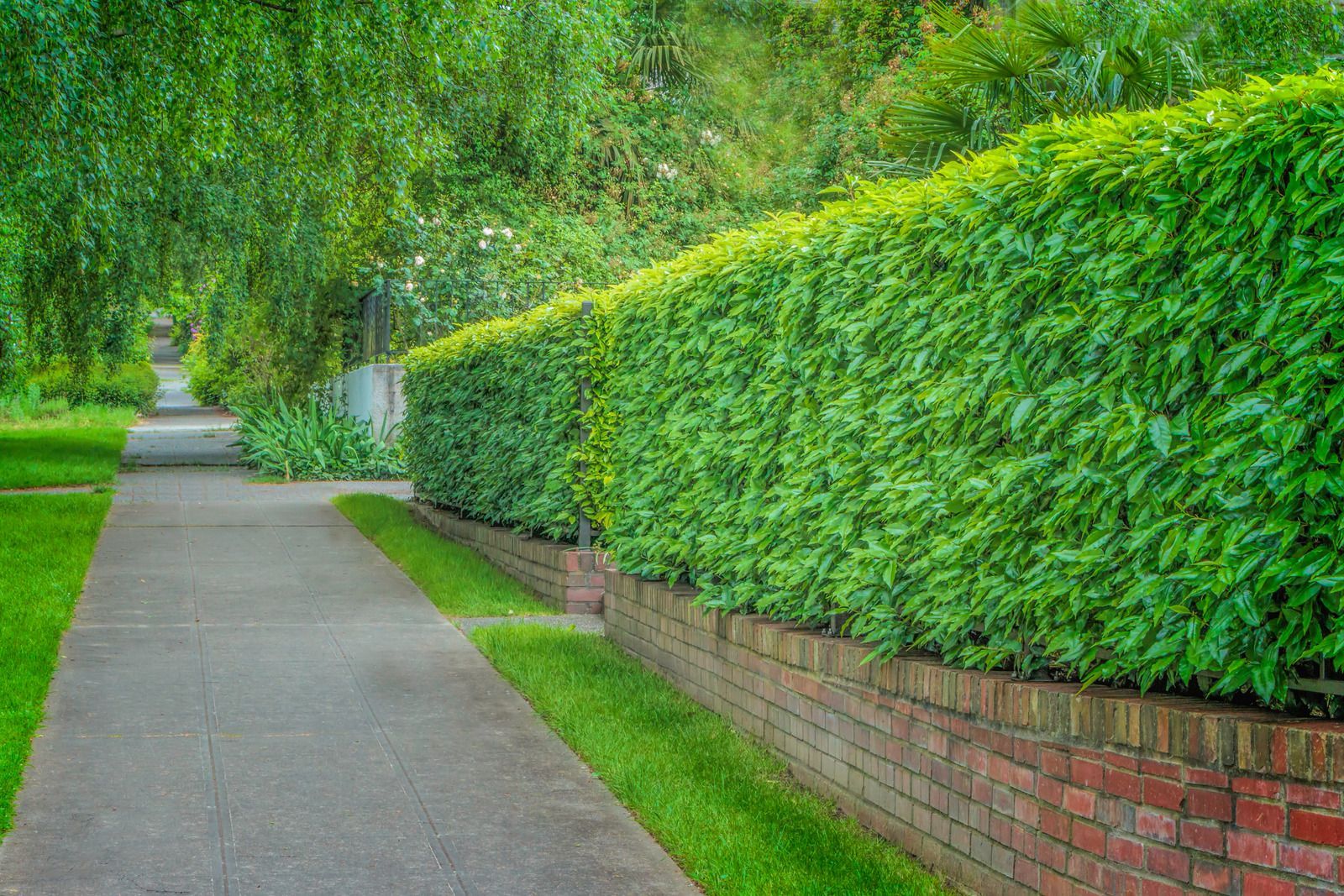
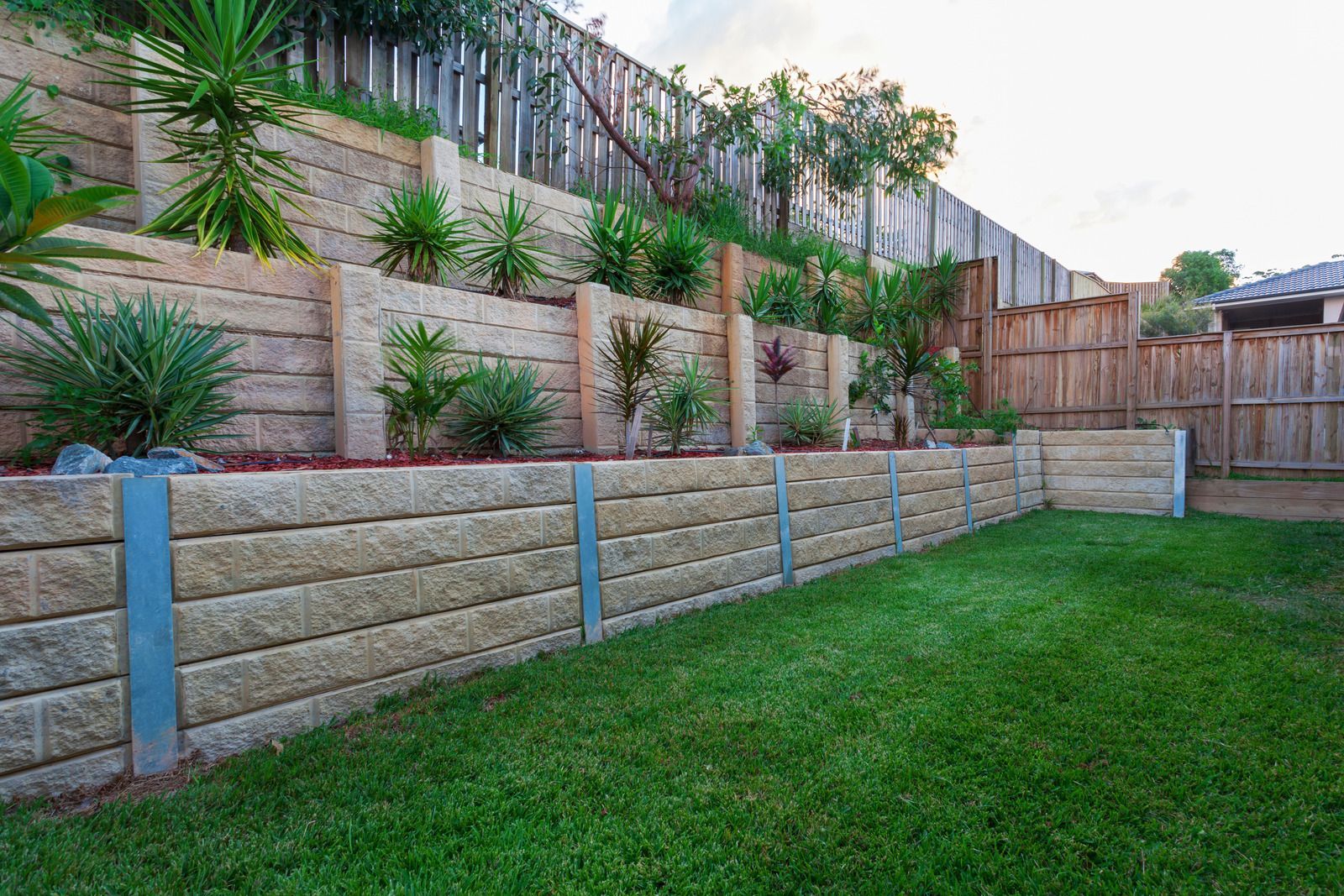
Send Us A Message
Thank you for contacting us.
We will get back to you as soon as possible
Oops, there was an error sending your message.
Please try again later
